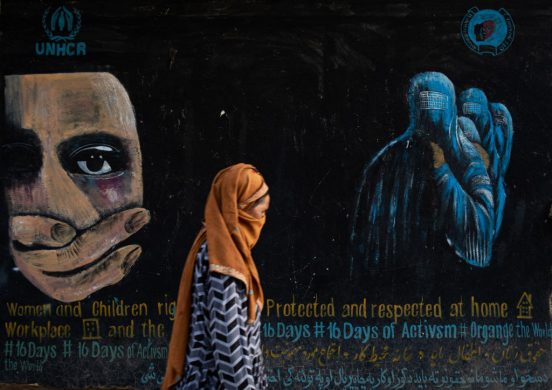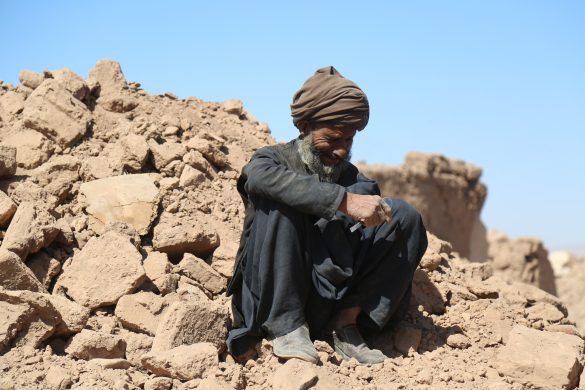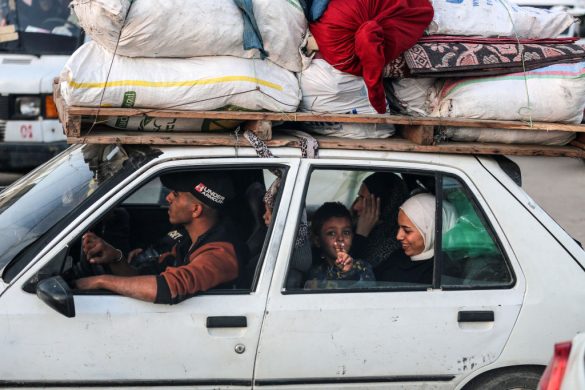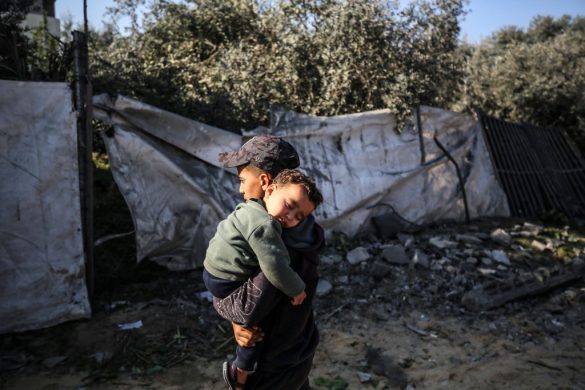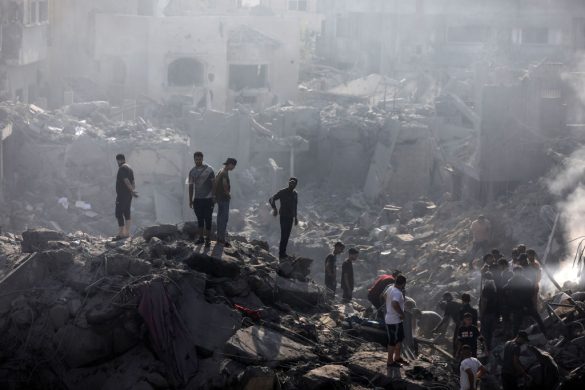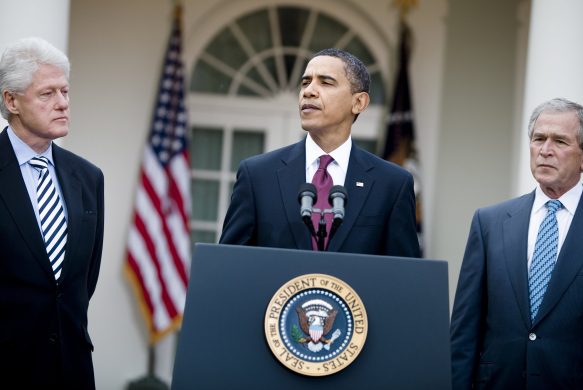WASHINGTON, 25. May 2010: Economic prospects for the countries of the Middle East and North Africa have improved with the resumption of capital inflows and rising crude oil prices. But stress in the banking and financial sectors along with slow credit activity are weighing on the rebound, the International Monetary Fund (IMF) said in its latest Regional Economic Outlook (REO). The REO for the Middle East and North Africa, Afghanistan, and Pakistan (MENAP) was presented Tuesday at the Dubai International Financial Center.
– The outlook for the region has improved considerably from 2009. Growth is gathering momentum in 2010, helped by the pickup in capital inflows and resurgence in domestic consumption, said IMF Middle East and Central Asia Director Masood Ahmed, and continued: – However, this positive perspective is clouded by some stress in the banking system and lethargic credit activity across the region.
Oil exporters emerging from the crisis
MENAP oil exporters—Algeria, Bahrain, Iran, Iraq, Kuwait, Libya, Oman, Qatar, Saudi Arabia, Sudan, United Arab Emirates, and Yemen—were hit hard in 2009. Their combined current account surplus fell to 53 billion US dollarin 2009, after having reached 362 billion in 2008. Oil GDP for these countries contracted by 4,7 percent, triggered by plummeting oil prices. However, massive stimulus measures helped mitigate the impact of the crisis, and non-oil economic activity still managed to expand by 3,6 percent in 2009.
The report sees a strong recovery in the coming year, aided by an increase in capital inflows and crude oil prices. Higher oil prices and output are projected to boost the current account surplus to 140 billion US dollar and oil-GDP growth to 4,3 percent. Non-oil sector activity, supported by sustained fiscal stimulus in some countries, is also forecast to grow by 4,1 percent.
– The region’s oil exporters still face challenges in their banking systems, however, where credit to the private sector remains sluggish and losses on nonperforming loans have yet to be fully recognized, Ahmed said. Following an extended period of high growth through mid-2008, credit in these countries slowed by an average of almost 30 percentage points by end-2009. Governments will have to balance the goal of reactivating credit with the need to strengthen financial regulations and enhance supervision, particularly in countries where there is evidence that excessive risk-taking occurred.
Over the medium term, policymakers also face a delicate balancing act in unwinding official support to the financial sector—and in phasing out the fiscal stimulus, which is projected to last through 2010 but should be discontinued once a solid recovery is achieved. – It is important that the stimulus is kept for as long as needed to help domestic demand. But beyond 2010, the measures should be gradually unwound to avoid additional fiscal pressures, in particular for countries that already have high levels of debt, Mr. Ahmed said.
Emerging markets’ growth picks up—but slowly
The region’s emerging markets—Afghanistan, Djibouti, Egypt, Jordan, Lebanon, Mauritania, Morocco, Pakistan, Syria, and Tunisia—are recovering from last year’s slowdown, but growth remains below the levels needed to reduce high unemployment. These countries’ limited financial and trade ties—combined with positive spillovers from fiscal expansions in the MENAP oil exporters—helped offset the impact of the global slowdown. As a result, overall growth fell only modestly to 3,8 per cent in 2009, from 5 per cent in 2008.
With trade rebounding since mid-2009 and investment and bank credit beginning to pick up, growth is projected to increase marginally to 4,1 percent in 2010 and 4,8 percent in 2011. These growth rates, however, are insufficient to create the jobs needed for a region with a rapidly expanding workforce and a high rate of unemployment, and falls short of that in other emerging markets. Credit growth—which fell to a weighted average of 2 per cent in the year to October 2009 from almost 20 per cent before the crisis—also remains low, as it does elsewhere in the region. At the same time, inflation remains relatively high in many countries, mainly on account of higher food and energy prices.
The report also notes that the resurgence of capital inflows witnessed in other emerging markets is not yet evident in most MENAP oil importers. Continued weakness in European demand, appreciated exchange rates, and competition from other emerging markets is hampering the potential for export-led growth.
– The main challenge for emerging markets in the Middle East will be to improve their competitiveness in order to raise growth and generate much-needed employment, Mr. Ahmed said.





